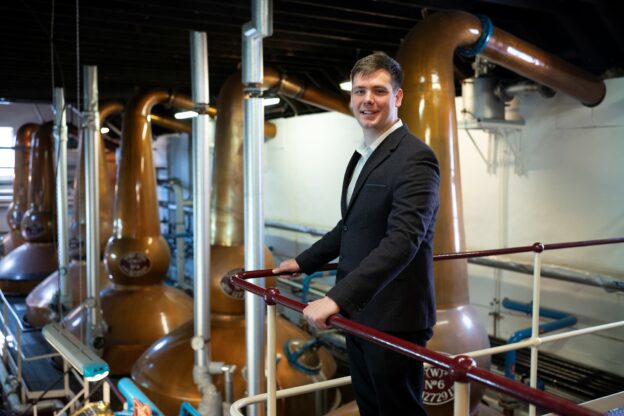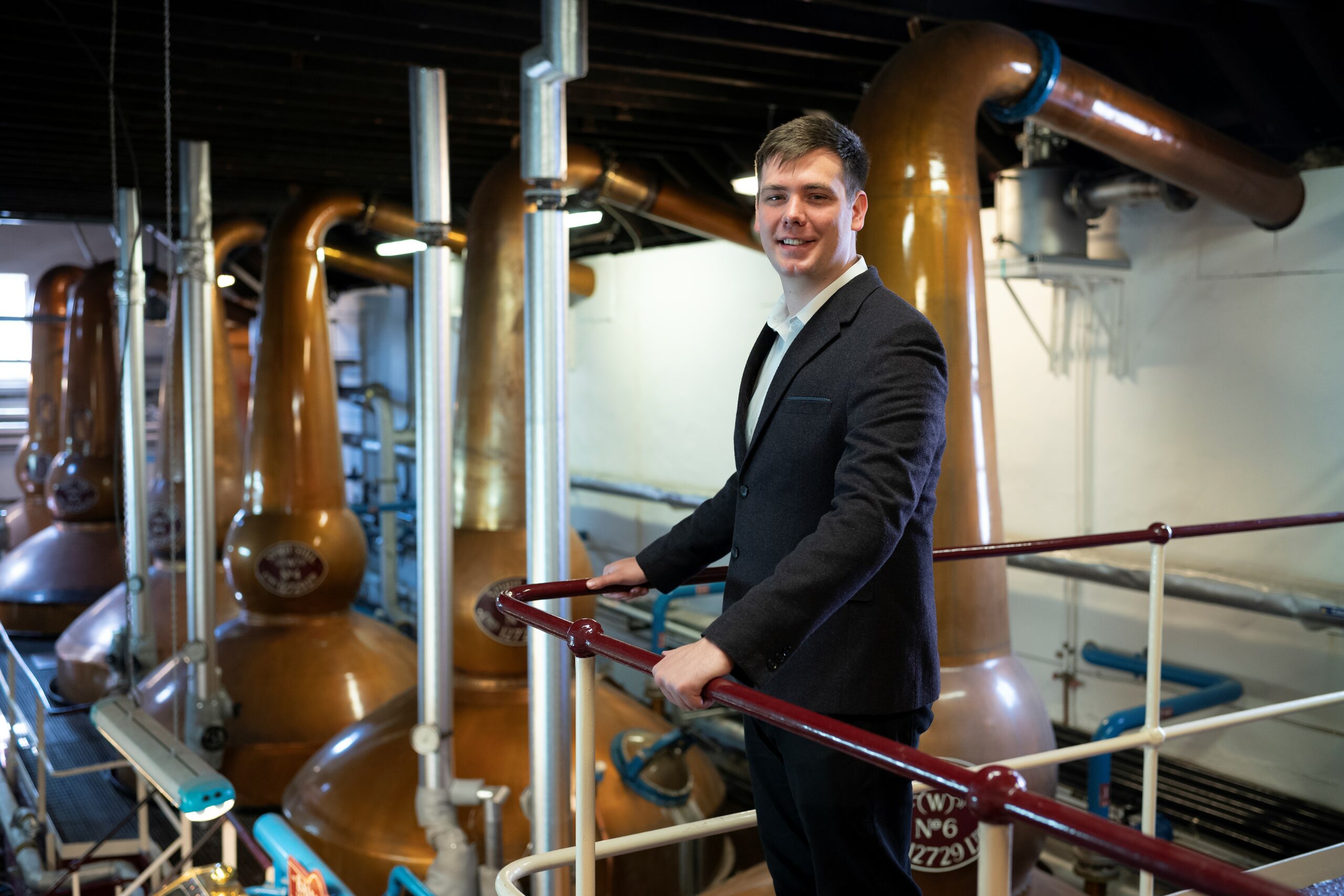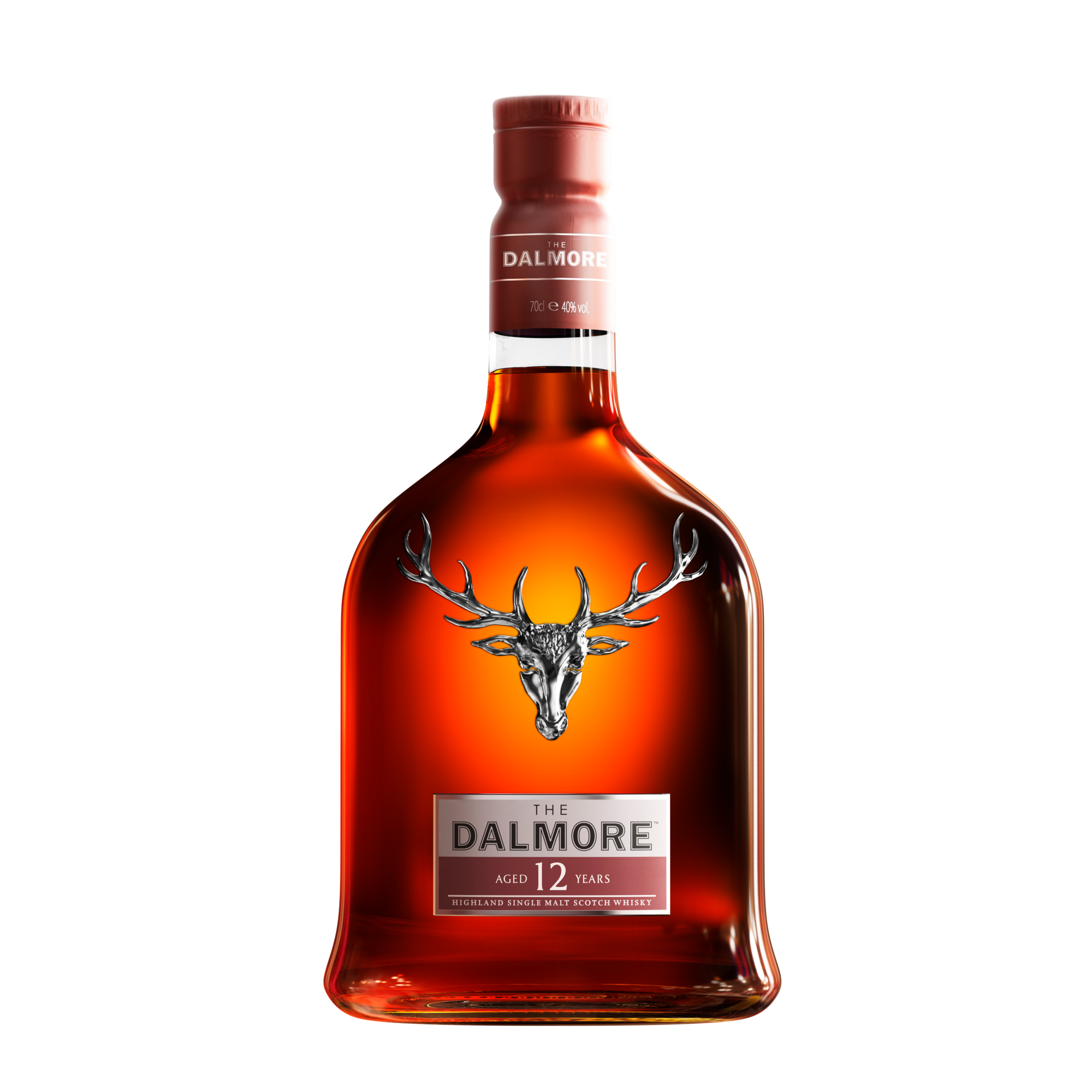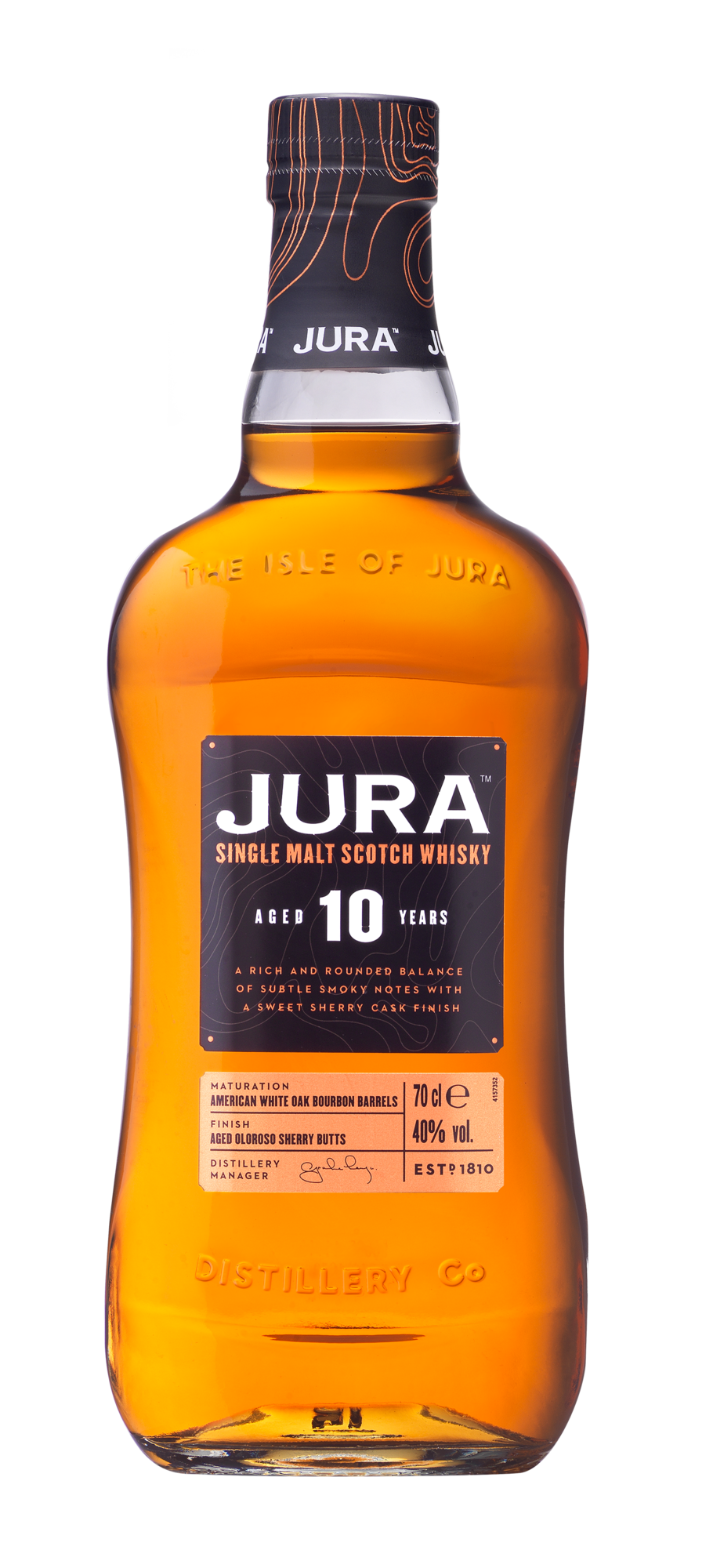- ISWAI says Cheers to India-UK FTA as a Historic Moment
- Tariff Reduction may provide Greater Choice and Access To Premium Products
The International Spirits and Wines Association of India (ISWAI), has applauded the signing of the India-UK Free Trade Agreement (FTA) calling it as a historic moment that underscores the shared commitment of both nations to strengthen economic ties and advance fair trade. ISWAI said – that for the alcobev sector, this agreement paves the way for a more balanced and equitable trade environment, particularly given that Indian alcohol exports to the UK have zero import duties.
Key Highlights
– Total Customs Duty to reduce from 150% to 75%, followed by a progressive reduction to 40% over the next decade
– Revised tariff structure to apply on both Bottled-in-Origin (BIO) and bulk imports
– India sells over 400+ million cases of Indian alcoholic spirits annually
– Scotch around 81% of the overall imports of 10.9 million cases of alcoholic spirits
Under the agreement, the Total Customs Duty on imported alcoholic spirits, limited to whisky and gin from the UK, will be halved at the first stage of entry-into-force from 150% to 75%, followed by a progressive reduction to 40% over the next decade. The revised tariff structure will apply to both Bottled-in-Origin (BIO) and bulk imports which are used for making Bottled in India (BIO) products as well as blending with IMFL.
Sanjit Padhi, CEO, ISWAI said, “The India-UK Free Trade Agreement is a historic moment in bilateral relations between the two countries and can become a trendsetter for other FTAs. ISWAI and its members welcome the deal.” Adding further, Padhi said, “For the alcobev sector, the immediate tariff reduction on Scotch whisky and gin imports from 150% to 75%, and subsequent reduction to 40% over the decade, will open up and expand market opportunities for the industry. The deal will significantly benefit Indian consumers, as premium international spirits will become more accessible, thereby accelerating the ongoing trend of premiumization. It will also stimulate growth across ancillary sectors such as hospitality, tourism, and retail, while potentially increasing revenue for Indian states. At a macro level, the agreement will leverage mutual synergies and competencies of both nations. As Indian Single Malts gain global recognition, improved market access can create mutual benefits, just as Scotch whiskies gain better accessibility in India, Indian whiskies can expand their footprint abroad.”
India, one of the world’s largest alcobev markets, which sells over 400+ million cases of Indian alcoholic spirits annually. Yet imported spirits – Bottled in Origin and Bulk Bottled in India, account for a mere 2.6% of the total market. The imported category is dominated by whisky with Scotch being around 81% of the overall imports of 10.9 million cases of alcoholic spirits.
The reduction in import tariffs will also bring a huge benefit to all manufacturers in the Indian Made Foreign Liquor (IMFL) industry as 79% of the Scotch imported into the country is in Bulk form, which is used for bottling in India and for blending by local brands of whisky in the IMFL category.
Padhi added, ‘The FTA agreement is an important step by the Government of India towards facilitating equitable market access while safeguarding domestic industry interests through a calibrated and phased approach.
SWA says FTA will bring long-term benefits
The Chief Executive of the Scotch Whisky Association, Mark Kent, said “The Scotch Whisky industry has long championed a free trade agreement between the UK and India. The signing of the FTA is an historic moment and is an important milestone to reducing tariffs on Scotch Whisky in a growing market. This will contribute to the government’s growth objective, by laying the foundations for further investment and jobs.
“The FTA will bring long-term benefits for the industry, but the industry needs immediate support in order to realise the deal’s full potential. Distillers, especially smaller ones, are under significant pressure now – including as a result of tariffs in the US and a growing tax burden in the UK.
“Action by the UK government to alleviate these pressures will ensure distillers are in the best position to take advantage of the UK-India FTA once it comes into force.”
Diageo calls it ‘great moment’
Nik Jhangiani, Interim Chief Executive, Diageo, said “This agreement marks a great moment for both Scotch and Scotland, and we’ll be raising a glass of Johnnie Walker to all those who have worked so hard to get it secured.”
Chivas Brothers says it’s a ‘Sign of Hope’
Jean-Etienne Gourgues, Chairman and CEO, Chivas Brothers said “Signature of the UK-India FTA is a sign of hope in challenging times for the spirits industry. India is the world’s biggest whisky market by volume and greater access will be an eventual game changer for the export of our Scotch whisky brands, such as Chivas Regal and Ballantine’s.”
The deal will support long term investment and jobs in our distilleries in Speyside and our bottling plant at Kilmalid and help deliver growth in both Scotland and India over the next decade. Let’s hope that both governments will move quickly to ratification so business can get to work implementing the deal!





